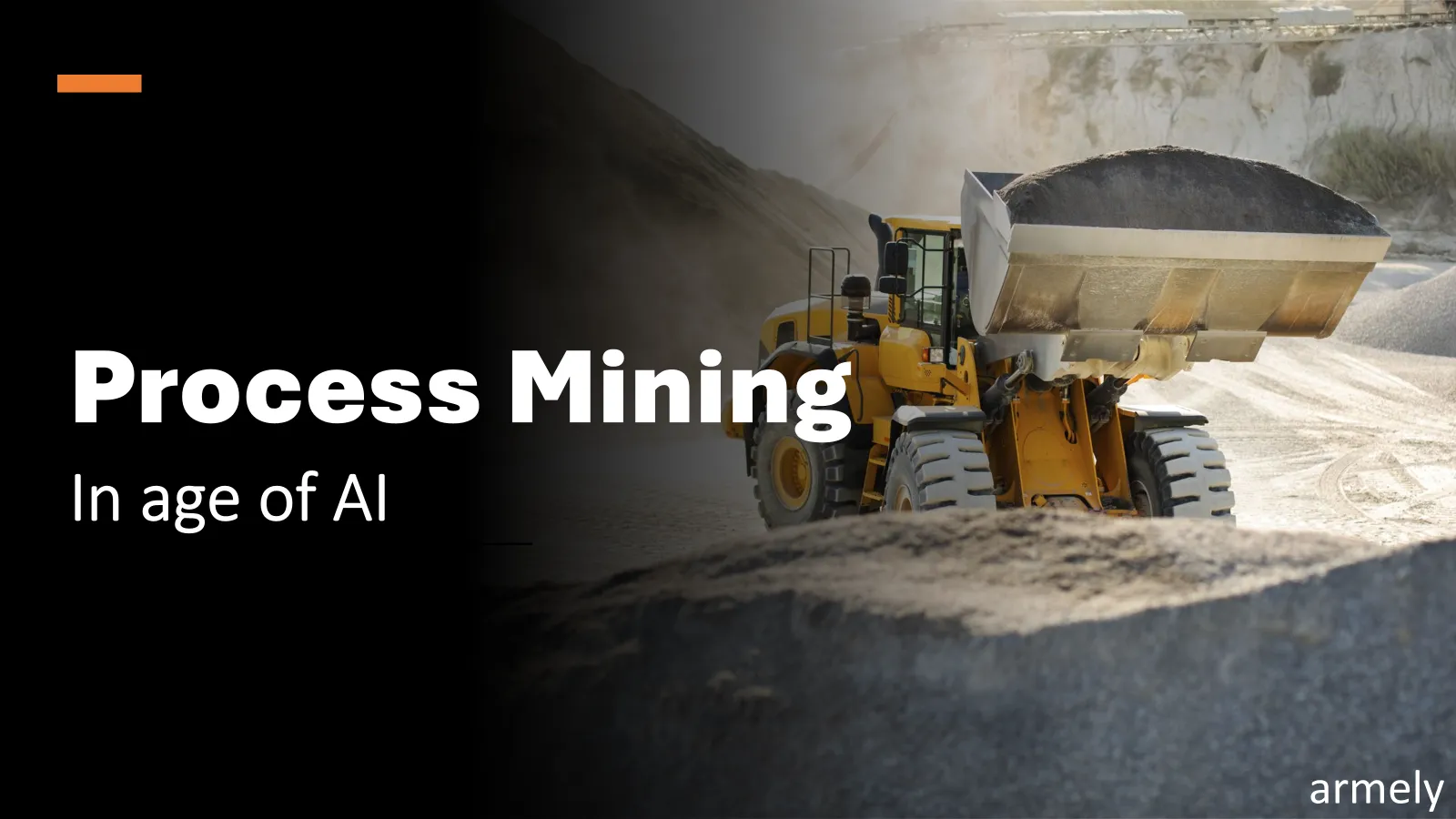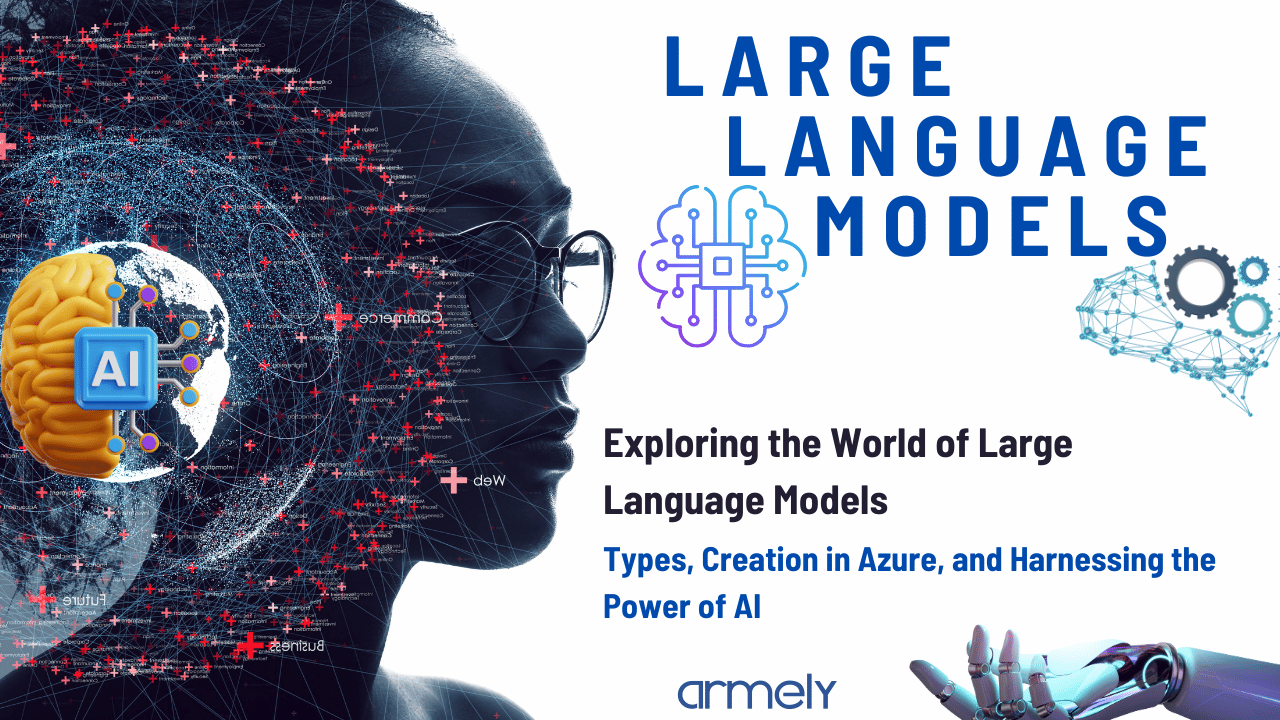
How we are Revolutionizing Invoice Processing for our customers using Process Mining and AI Agents
- October 28th, 2025
- 233 Views

Large Language Models (LLMs) have functioned as a revolutionary force in the interaction between humans and machines, as well as the means of information processing. Such models powered by complex algorithms and big data are revolutionizing the abilities of AI in the different fields. It is getting a lot of attention, though they took several years in the making. Huge organizations like IBM have exhausted themselves to fund Natural Language Understanding (NLU) and Natural Language Processing (NLP) technologies, making these great models possible. They are a perfect example of what is known as foundation models – trained on large data and capable of addressing numerous tasks and applications. This is a major shift when compared to the traditional way of creating individual models for a given specific application, which results in a more efficient performance, and definitely a more effective use of resources.
Understanding Large Language Models
The Large Language Models (LLM) are among the subsets of the developed foundation models which are trained on large amounts of textual data to be able to understand natural language and produce content of different forms to perform several purposes. They represent a substantial advancement in NLP and artificial intelligence, and they are widely available to the general public via interfaces such as Open AI's Chat GPT-3 and GPT-4, which have received Microsoft approval.
The operation of LLMs relies on the application of deep learning algorithms and massive quantities of textual material. These models are normally developed using the transformer architecture, which has shown great competency in dealing with sequential data such as text inputs. The main constituents of LLMs are layers of neural networks comprising parameters that can be adjusted during the training process (Fine-tuning) in addition, the given technique is complemented with an attention mechanism directing to specific fragments of datasets.
Training these Models, learn to predict the next word of a sentence given some context from the previous words in the sentence. They assign a probability score with the word sequence, which has been tokenized further and divided into small sequences of characters. These tokens are then converted to embeddings or, in other words, the numeric representation of this context.
After being trained, these models exert their creativity by predetermining the next word given an input and the patterns and knowledge that the model has under its belt. The end product is language generation that is semantically sound and relevant in its context across various applications.
It is crucial to ensure that enterprise-grade LLMs are ready for use without posing liability or reputational risks to organizations to enhance the model’s performance by prompt engineering, prompt tuning, fine-tuning, or reinforcement learning with human feedback; otherwise, it may contain biases, hate speech, or “hallucinations, ” such as wrong answers that are factually incorrect.
Generative AI: refers to algorithms that create new content (text, photos, music, or other data) from scratch. It leverages LLMs to produce human-like text that is indistinguishable from human-created content. This capability profoundly impacts creative industries, customer service, and content creation.
Retrieval-Augmented Generation (RAG) combines LLMs' strengths with external knowledge bases, allowing the model to retrieve relevant information from large datasets and integrate it into generated content. This approach enhances accuracy, relevance, and factual correctness.
Prompt Flow: Prompt flow involves designing and structuring prompts to guide LLM output effectively. Carefully crafting input prompts influences model responses to align with specific goals, tone, or style, crucial in applications requiring precise and contextually appropriate responses, such as customer support or educational tools.
Types of Large Language Models
What model to use?
When deciding which LLM to use, various variables should be considered, including cost, availability, performance, and capability:
Leveraging LLMs in Azure Machine Learning Studio
Azure Machine Learning Studio provides a robust platform for developing, deploying, and managing machine learning models, including LLMs. Here's a step-by-step guide:
Harnessing the Potential of LLMs
LLMs revolutionize business processes and drive innovation across industries. Key use cases include: